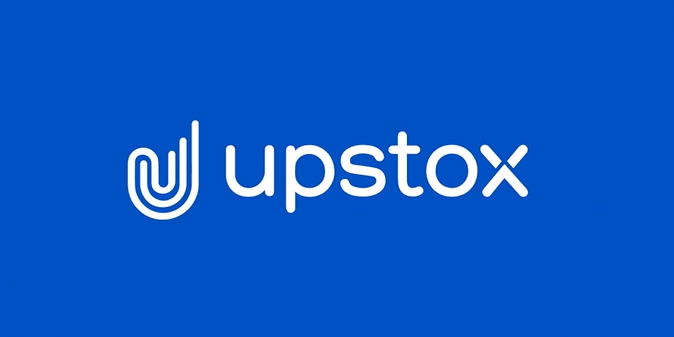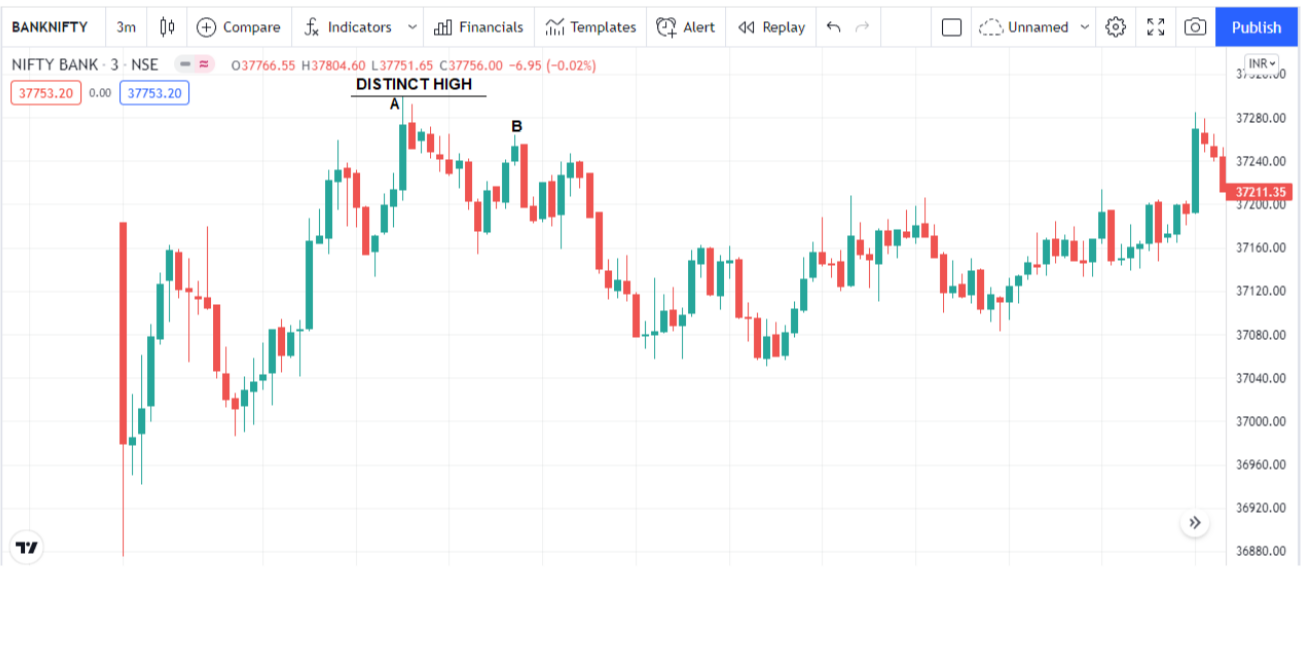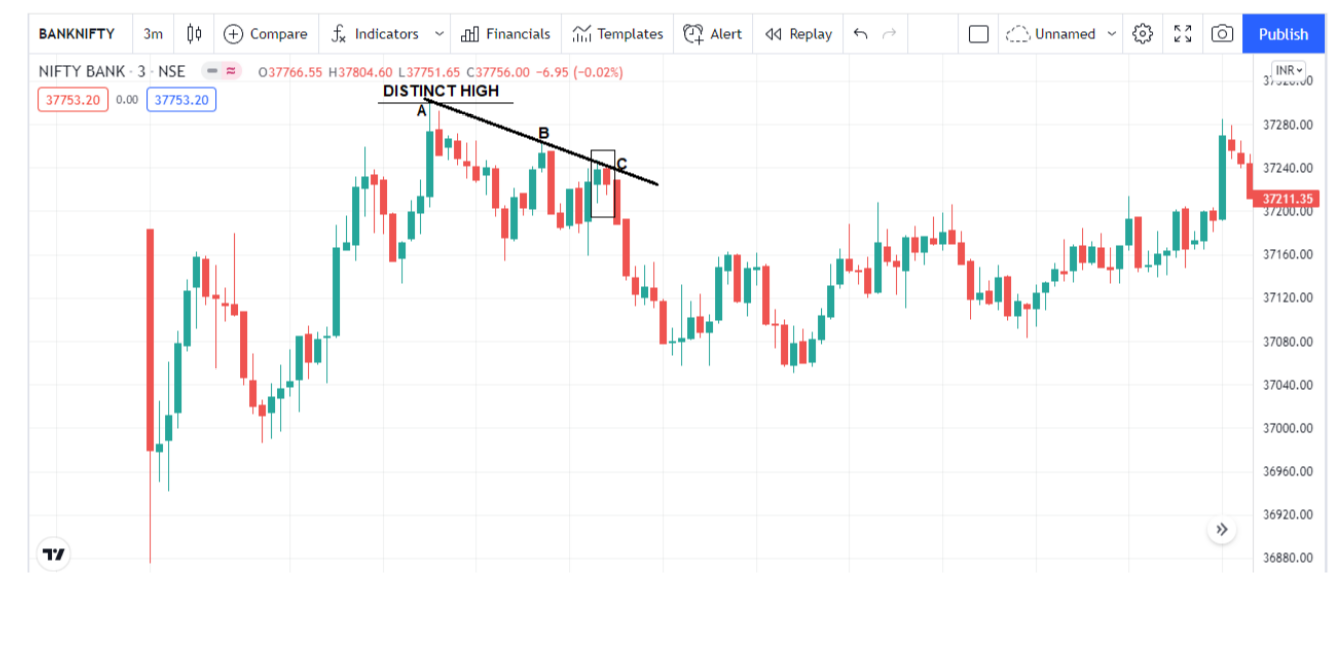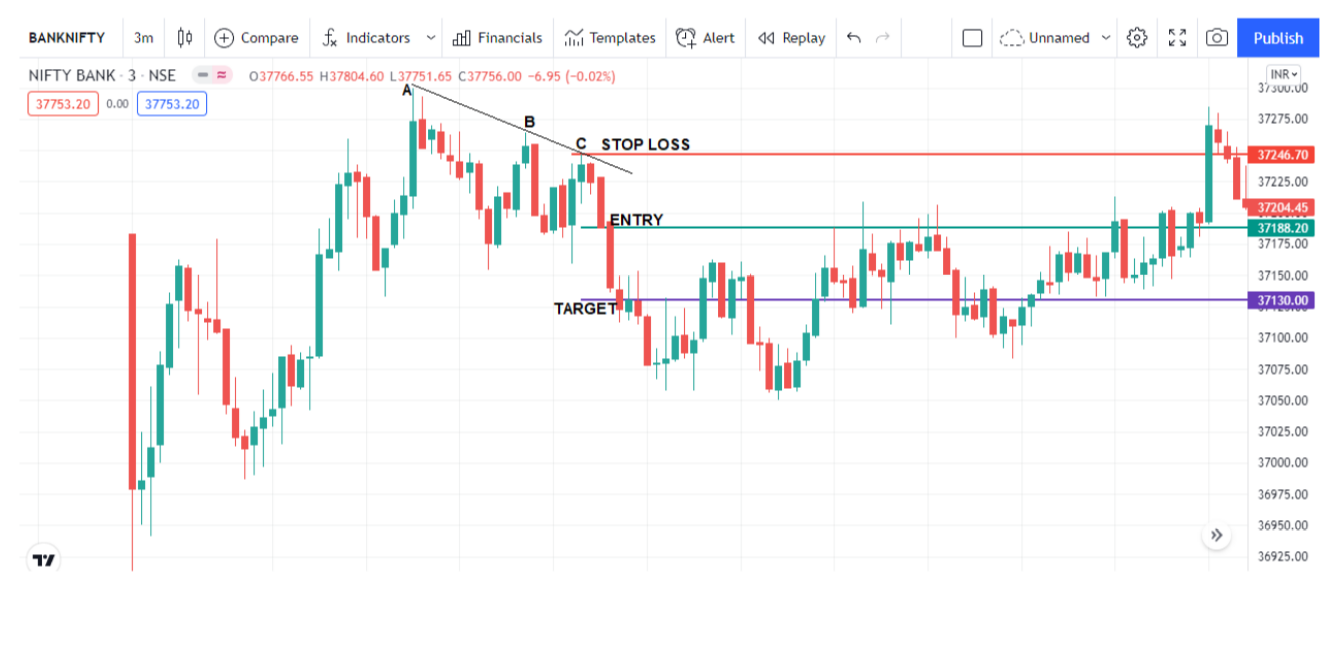Lower Swing High (LSH) Strategy

Here is a simple ** intraday trading** setup based on the Lower Swing High (LSH) technique. The chart timeframe for this intraday strategy is 3 minutes.
Interestingly, you can use this setup to trade stocks, equity indices, commodities or even currencies. Further, you can use any instrument to trade it i.e. cash (equity shares), ** futures or options**. Also, with this strategy you can trade in a bullish as well as a bearish market.
We will use the LSH(Lower Swing High) technique to identify the trend and a candlestick pattern to confirm the trade setup. Hence this strategy is going to be a combination of both LSH technique and a candlestick pattern.
There are a couple of terms we need to know before we move to the rules of the strategy. Let’s take a look at them below.
Swing high - This is a point where the price makes a high, takes a pause and reverses from the high. So, the high point from where the price reversed is called the swing high.
Downtrend
- This is a point when price makes lower highs. When price moves down from a high point to a low point, it won’t give a one directional move. Instead, It will make swings as it moves downward along the way and keep going down. In simple terms, when the price makes a high, that high should be lower than the previous high. When we see the price going down in a lower swing high formation that is the point where we can say that the price is in a downtrend. We need to see a minimum of two swing highs to decide on the trend and look for a trade setup at the third swing high zone.
Let’s understand the step by step process as to how to analyze and trade using this strategy. This is a bullish or long only setup.
Steps of the setup: To understand this strategy better, let’s analyse the** Bank Nifty** spot chart in the example below.
Step 1 : We have to start from a distinct high. Ofcourse, it is not impossible for us to enter at the lows and exit at the highs. We need to see the price going downwards by creating two swing highs in the process. After we get two swing highs, we can say that the price is in a downtrend. We will look at a price chart on the ** Upstox pro web** platform to understand step 1 better.

Look at the points A & B on the price chart. Those points are two swing high points. If we look at the price movement from A to B, we can clearly see the price is making lower swing highs (B point is lower than the A point). A point here is our distinct high(first high) and B point is our second high. Once the price moves down from point B, we can confirm that it is a downtrend.
Step 2 : We have now identified a downtrend. In order to confirm our analysis and take a position, we will have to hunt for a bearish candlestick pattern at the third swing high. (C point)

In the above chart, you could see a bearish engulfing candlestick pattern marked in a black box. The formation of the third candle after the two bearish engulfing candle pattern in red colour is the point where we can say that the existing downtrend will continue after a brief pullback.
We can also look for a potential third swing high (C point) by using the trendline tool. We can connect the points A & B using a trendline. This trendline will act as a resistance to the price. We can see how the third swing high point (C point) took resistance at the trendline and formed a bearish candlestick pattern indicating that the price will halt here and start its journey downwards again.
This confirms our analysis. We will only trade this setup once we get a bearish candlestick pattern at the third swing high point (point c)
Now that the analysis and confirmation is done, let us see how we can trade the setup with a defined entry, exit and a stop-loss.
Step 3 : Let's understand with the help of a chart as to what price we enter, where do we keep our stop-loss and when do we exit (target).

As you can see the GREEN line (37188) on the chart above. That's where we got confirmation of a bearish engulfing candlestick pattern. That is our entry point. We will enter at those levels at 37188. Since Bank Nifty spot can’t be traded, we can look to trade Bank Nifty futures or options**.** If you choose to trade options, then you can buy an ATM (at the money) strike price put option to trade. In our example, the market price is at 37188 and the nearest strike price seems to be the 37200 put option. Since it’s an intraday trade, you can choose a weekly expiry rather than a monthly expiry contract.
Now, let us consider stop-loss. You can see the RED line (37246) which is the trendline resistance. That's 58 points above the entry point of 37188. If Bank Nifty doesn’t go down and with reversal hits 37246 (our stop loss), then we will take a small loss and exit our position.
Since it’s an intraday and a quick trade, the chart timeframe being 3 minutes, we will aim for a risk to reward of 1:1. In our example, the risk being 58 points, we will aim for a target of 58 points too from our entry price which comes to 37130 (37188-58)
You can see the PURPLE line (37130). Once our price hits 37130, we will exit our 37200 put option position.
We hope this LSH (Lower Swing High**)** strategy was simple and easy to understand. You can try spotting it on charts and see if you are able to identify such setups.
Until then, happy trading!